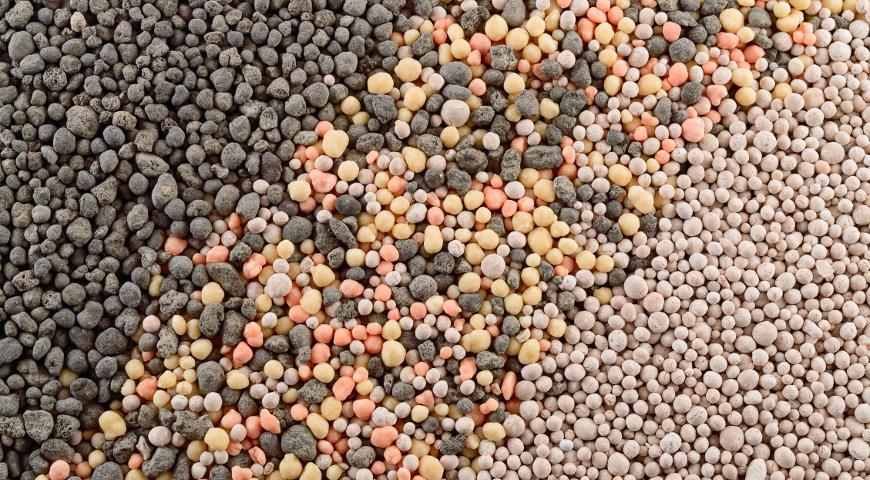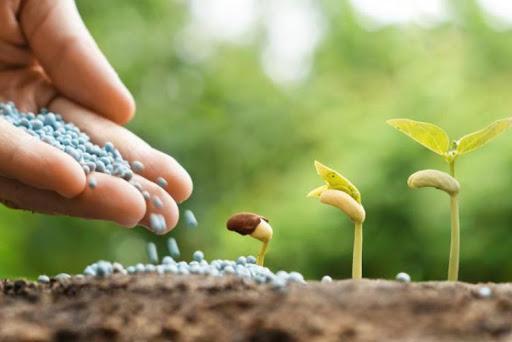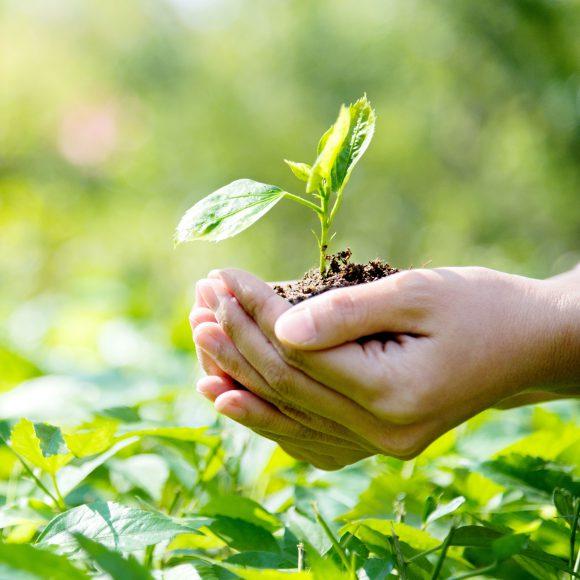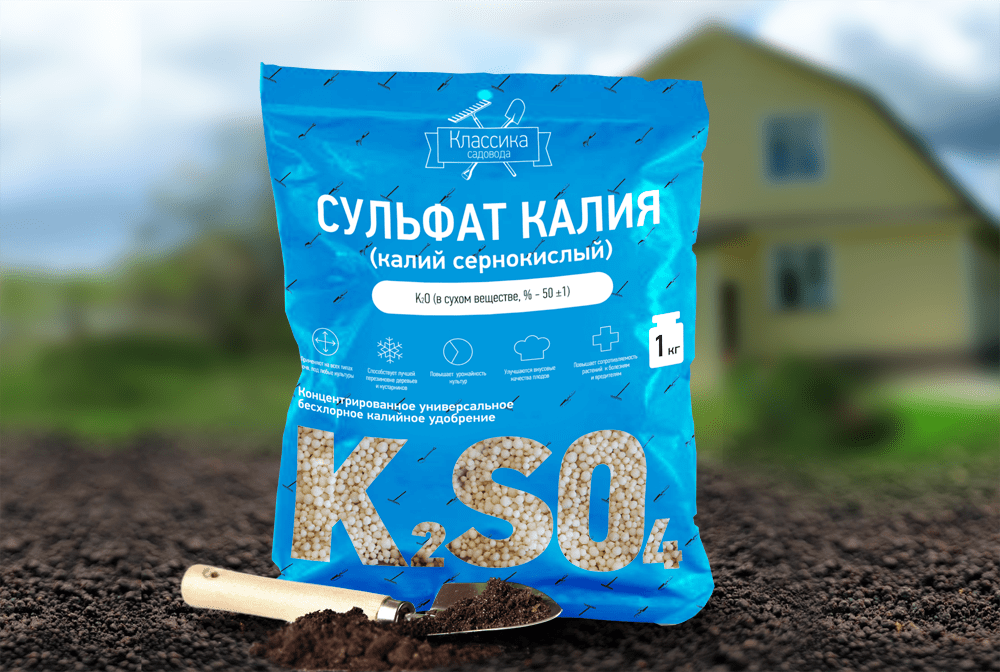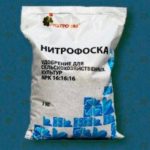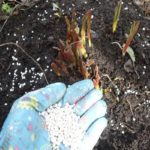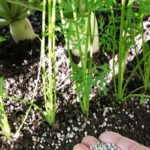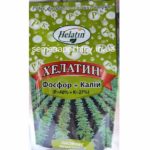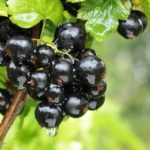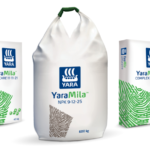It is quite difficult to grow rich crops without using fertilizers, especially if the soil on the site is poor. Gardeners use both organic and mineral fertilizers to improve plant health and increase fruiting. However, it must be remembered that phosphorus, potassium and nitrogen are added at different stages of the growing season of crops; if these terms are not observed, there will be no benefit for the plants. Minerals can be used individually or in combination.
What fertilizers are considered phosphorus-potassium fertilizers?
Mineral fats, which simultaneously contain both elements, are called phosphorus-potassium. The presence of these elements in the soil directly determines the full growth and abundant fruiting of cultivated plants. A mineral such as nitrogen is used at the stage of planting seedlings in the ground or germinating seeds. Potassium-phosphorus fertilizers are necessary for plants at the stage of budding and fruit formation. Each element has its own purpose, so it is recommended to adhere to the specified time limits for their application to the soil, so as not to harm the crops and obtain the desired result.
In addition, the use of a particular mineral depends on the composition of the soil in each specific area and on the crops that are planned to be grown.
Types and classification
Classification of mineral supplements for cultivated plants is made according to several criteria:
- By composition. There are both mono-variants on sale, which contain only one element, and complex ones, which include two or three components.
- According to the preparative form. In gardening stores you can purchase fertilizers for crops in the form of crystals, granules or powder.
- By speed of impact. This parameter takes into account how quickly the fertilizer releases nutritional components to the soil and plant. There are fast-acting options and long-acting fertilizers.
- According to the degree of solubility in water. Some fertilizers dissolve quickly in water, others do not dissolve at all.
The phosphorus group of fertilizers includes the following options: thermophosphates, simple and double superphosphate, precipitate and products based on bone and phosphate rock.Such preparations are used both as independent feeding and in combination with other minerals.
The potassium group includes the following products: potassium sulfate and potassium chloride, potassium salt, products based on potassium carbonate and potash, kainite, fertilizers based on potassium magnesium sulfate or potassium magnesium. The main advantage of potassium supplements is that they dissolve well in water.
You need to be careful with the group of nitrogen fertilizers, since an excess of the element in the soil is just as harmful to plants as a deficiency. The list of the most popular drugs with nitrogen includes: ammonium nitrate, urea, calcium nitrate, ammonium sulfate and sodium nitrate. Vegetables, fruits and berries and ornamental crops need this element most of all.
Properties of nitrogen-phosphorus-potassium fertilizers
A complex fertilizer consisting of three elements has the following properties:
- helps strengthen seedlings of cultivated plants after they are planted in open ground;
- extends the shelf life of harvested crops in cellars and basements;
- helps maintain soil fertility;
- increases the volume of harvested crops.
Fertilizing does not have a negative effect on the human body when it consumes fruits fertilized with these elements.
Rules of application
In order to receive the benefits stated by the manufacturer from the complex fertilizer, it is necessary to correctly calculate the dosage and choose the right time for use.
As an example, the rules for the use of certain drugs that contain phosphorus, nitrogen and potassium are given:
- Nitroammophoska. The timing of fertilization depends on the type of soil - for light soils it is in the spring, and for heavy clay soils it is in the autumn. The amount of fertilizing varies from 10 to 30 grams per square meter, depending on the cultivated plant.
- Nitrophoska. Potassium, nitrogen and phosphorus in this fertilizer are in equal proportions. Used to improve the quality of acidic soils and pre-sowing application. For vegetable crops, 30 grams per square meter is required. meter, for fruit trees - up to 500 grams of the drug per seedling.
- Diammofoska. In addition to the standard trio of elements, the composition contains iron, zinc, calcium, magnesium and sulfur. From 15 to 50 grams of fertilizer are used per square meter of planting, depending on the cultivated plant. Granules are used either before planting seedlings in open ground or after harvesting.
Signs of a lack of elements in the soil
The appearance of the cultivated plant will help determine the deficiency of one or another element in the soil:
- Phosphorus. Leaves become dull and develop red-brown or purple spots. The plant does not produce flowers and fruits well.
- Nitrogen. The foliage becomes smaller, acquires a yellow tint, and subsequently falls off. The fruits fall off the bushes and trees before they have time to fully grow and ripen.
- Potassium. With a lack of potassium, platinum leaves turn pale and acquire a bluish tint, their edges curl, the stems become thin, and the plant is stunted in growth.
Storage conditions and shelf life
All chemicals, which include complex fertilizers, are stored in closed areas where sunlight does not penetrate and children and pets do not have access.On the packaging with a specific fertilizer, the manufacturer indicates the expiration date; as a rule, it does not exceed 3 years from the date of production.
How to choose?
When choosing a specific fertilizer for your plot, pay attention to the quality of the soil in the beds and the cultivated plants that grow in the garden.

